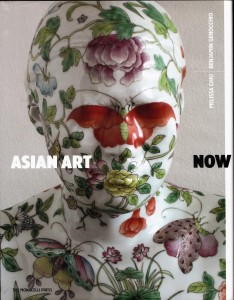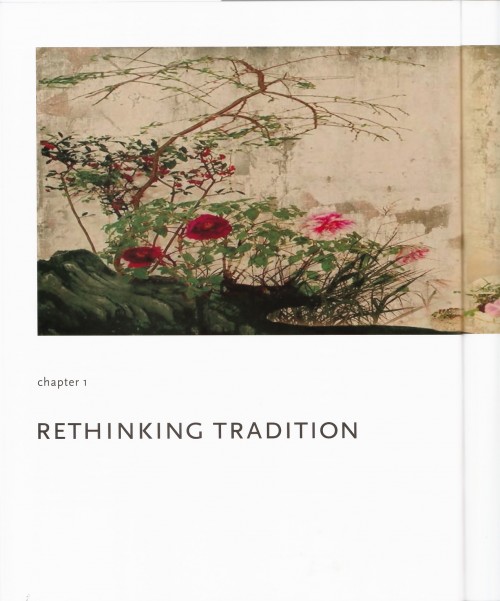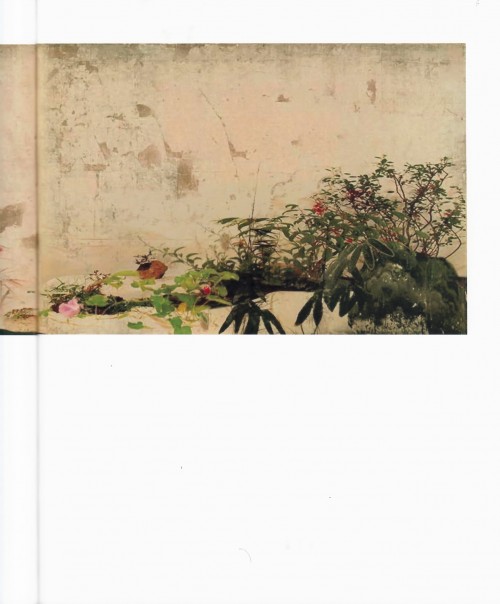
ASIAN ART NOW
Book
The Monacelli Press
chapter 1
RETHINKING TRADITION
SCREENS, PRINTS AND SCROLLS
Publisher : The Monacelli Press / Author : Benjamin Genocchio・Melissa Chiu
chapter 1
RETHINKING TRADITION
SCREENS, PRINTS AND SCROLLS
Other highly exalted artistic traditions are undergoing re-examination. In Japan, references to byobu (traditional folding screens made from joined panels covered in painting and calligraphy) and ukiyo-e prints (woodblock printing, popularly adopted across Japan during the Edo period, 1615-1868) have become a popular way for artists to engage with historical issues, cultural inheritance and values, and evolving notions of nationhood. Mami Kosemura (b. 1975) marries the traditional subject matter of screen paintings with the language _of new media, as in Flowering Plants of the Four Seasons (2004-6), a video installation fusing imagery of flowers and plants, videotaped outdoors in Japan over the course of a year, with digital animation. Nature is brought to life in this subtle, ever-evolving scene - a shimmering wall of light installed in a dark room. The artwork's theme is the provisional and fragile nature of existence, and for this and other reasons can be seen as an extension of the tradition of land-
cape screen painting devoted to seasonal change which has played such an important role in Japanese art.
Self-taught painter Tenmyouya Hisashi (b.1966) conflates the forms and techniques of traditional screen painting with motifs reflecting Japan's more recent history as well as modern consumer culture. Kamikaze (2003). painted in acrylic and gold leaf on wood panels, depicts a World War II Zero fighter plane decoratively enhanced with horns, lights, missiles and Japanese flags. It looks like a souped-up automobile, but the artist's use of the Zero plane is contentious, for across Asia it is a symbol of Japanese militarism. Here it is refigured to suggest a resurgent nationalism, not entirely concealed beneath a friendly, colourful veneer. Aida Makoto's (b. 1965) over 3.5-metre-wide (12 ft), multi-panel screen A Picture of an Air Raid on New York City (War Picture Returns) (1996) similarly addresses the legacy of World War II. the artist imagining what might have happened had the war turned out differently. His unnerving vision depicts New York engulfed in fire and chaos as squadrons of Japanese fighter planes circle in an infinity pattern above.
TOP : Mami Kosemura Flowering Plants of the Four Season 2004-6 Animation: 3-screen Installation

